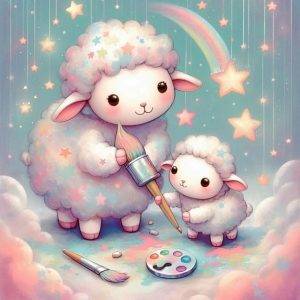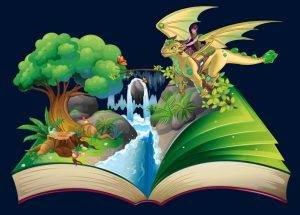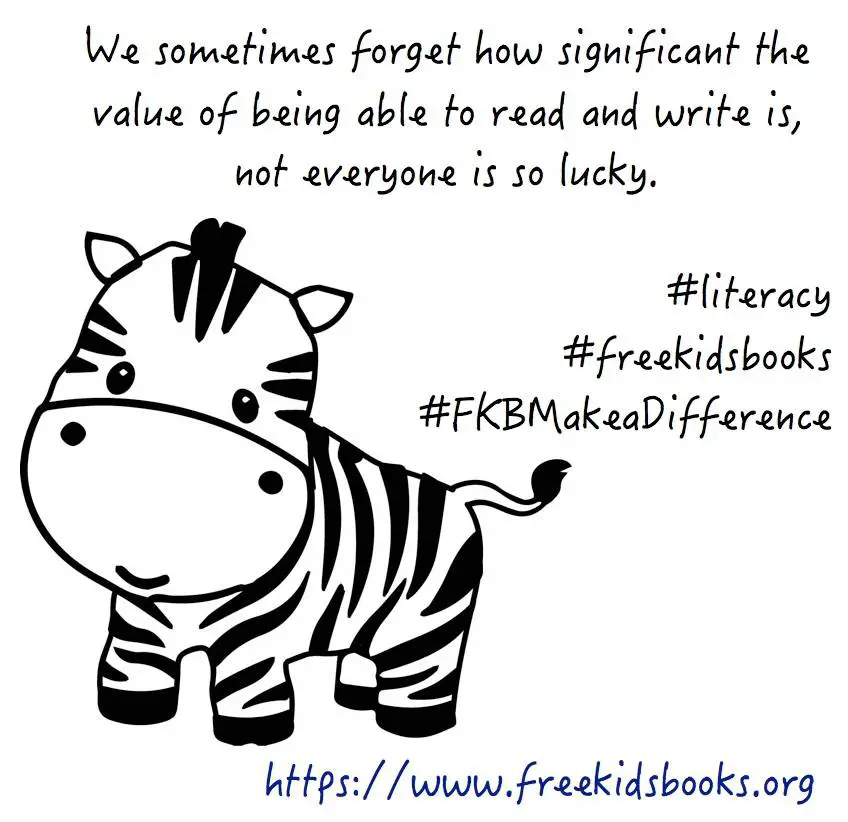 Appealing to the minds of the young generation requires plenty of imagination and creativity while displaying the same amount of energy. Children’s books cover a wide array of genres and topics that offer huge variations in illustration types and styles. There are many elements that are included in creating books for children that need to be paid attention to equally.
Appealing to the minds of the young generation requires plenty of imagination and creativity while displaying the same amount of energy. Children’s books cover a wide array of genres and topics that offer huge variations in illustration types and styles. There are many elements that are included in creating books for children that need to be paid attention to equally.
Children’s books need to be accessible for all types of children and the illustrations need to be easy to understand considering the age of children you are planning to target. Before you learn how to illustrate a children’s book you need to know the skill of clear communication and evoking different emotions. Books are everything for the little ones and images are the main thing that parents look for.
Some Quick Tips To Get You Started With Children’s Book Illustration
If you are looking for children’s book illustrators for hire then this guide is for you, in order to learn how to illustrate a children’s book, you first need to familiarize yourself with some quick tips that will guide you in your illustration process for children’s books, these are:
1. Choose Your Illustration Style
Illustrations are the most important step in writing a children’s book and need to be as creative as ever. Remember that you are drawing this for young children, some of whom have not even learned to read and are only going to browse through the pictures. The illustrations in your book are as important as the words and sometimes even more. Some of the illustration styles are given below:
- Watercolor- Illustrations using watercolors give off an enchanting feel and are usually used in books that include stories of fairytales and fantasy to bewitch young readers.
- Crayon- Crayon illustration dives into a more simplistic illustration style and vibe. This type is also quite common in children’s books and perfectly displays their stories and narratives.
- Realistic- This type of illustration includes real images and pictures of nature or humans to depict in stories. These lifelike images are used through many different techniques.
- Traditional- Traditional illustration style is still famous in the storybooks of children. They use soft and muted colors using colored pencils, ink, or watercolors to give a sketch-like appearance.
- Airbrush- The airbrush technique is used through a machine that sprays paint using air pressure. This type of illustration is used in genres such as fantasy or science fiction books.
- Portrait- The portrait style of illustration is used in books that display the mannerisms or style of characters rather than any scene, nature, or things.
- Comics- Comics books are an old style of illustration that is famous all around the world. These illustrations range from abstract to realistic while displaying bold colors and imagery.
2. Extra Focus On Character Illustration
An important point that makes your characters more memorable and fun is their overall feel conveyed through illustration. In many works of literature, animated objects, animals, or cute characters are used to capture the attention of your young audience. Some elements to note are:
- Profile- As a starter, you can first plan the process about how your characters should look like, their habits, interests, and behaviors, then try to craft characters according to that.
- Innocent- Another thing you should focus on while constructing characters is to make them seem childlike to give off a more innocent charm for your young readers.
- Inspiration- You can also use inspirations from other children’s books and try to include your own unique element in it or compile different characters together.
- Traits- There are some traits that you should leave out from your content and instead show them through the illustration of your characters like their likes or dislikes, or any habits.
3. Make Your Storyboard Before Writing
It is a great practice to start designing your storyboard before the final sketch. This will let you know how your story will unfold while providing you with time to revise and remove all the extra stuff. In order to create a well-balanced and thorough story or taking a children’s book writing services, you need to create an outline emphasizing all the points you need to prioritize. Some of the elements you will need to focus on in your storyboard are:
- Layout- The layout of your book needs to be in a thumbnail design. This will clearly display all the thoughts that went into your mind and how your initial thought process was supposed to look. You can crop these thumbnails, add cinematic views or angles, and modify them however you want.
- Description- Description is another element that will be included in your storyboard. You need to keep this as brief as you can, do not include comprehensive descriptions about how you want your stories to play out. This will only confuse you further.
4. Design The Most Eye-Catching Book Covers
This is another important part of your illustration. Designing the most eye-catching book cover should be your second priority in the “how to illustrate a children’s book” process. You can get help from a professional to assist you in designing the most stunning and bewitching book cover according to your little reader’s preferences. Some of the things you need to pay attention to in this are:
- Impact- The impact is another important thing that you need to impart to make them memorable for readers. Design the illustration, book cover, and content in a way that appeals to your young audience.
- Emotions- Emotions are another aspect that plays a significant role. If your cover design is not able to convey what the story is clearly about with different emotions then it is not worth it.
- Title- You also need to convey a clear message of what your story is about through its title. This is usually written in bold and big letters.
- Genre- Children’s books usually clearly portray the genre through their bright colors, cute characters, and playful typography that showcases its clear message.
5. Remember To Get Feedback From Children
What better way there could be than getting feedback from the audience itself? Try to show your work to as many young children as you can, this can make you gain some good insight that might help you through this process. Moreover, you can also ask them various questions like what were the things they liked? How was the story? Was the drawing enjoyable? How do they feel after completing it?

6. Formatting Illustrations With The Story
The last step in your process of how to illustrate a children’s book is going to be the formatting of your illustrations to fit the story you have constructed. Make sure that they are refined to perfection with no errors and mistakes and clearly convey the message of your story even without the text. Moreover, it should also follow all the guidelines and requirements of your publisher or platform.
However, if you are working with an illustrator then your process is made easier. If you are doing it on your own, then remember to layout and resize your illustration to fit appropriately with your story.
Final Thoughts
There are many tips that you need to pay attention to in need to successfully create your children’s book. By noting the points outlined above, you can make your writing journey easier and simpler










